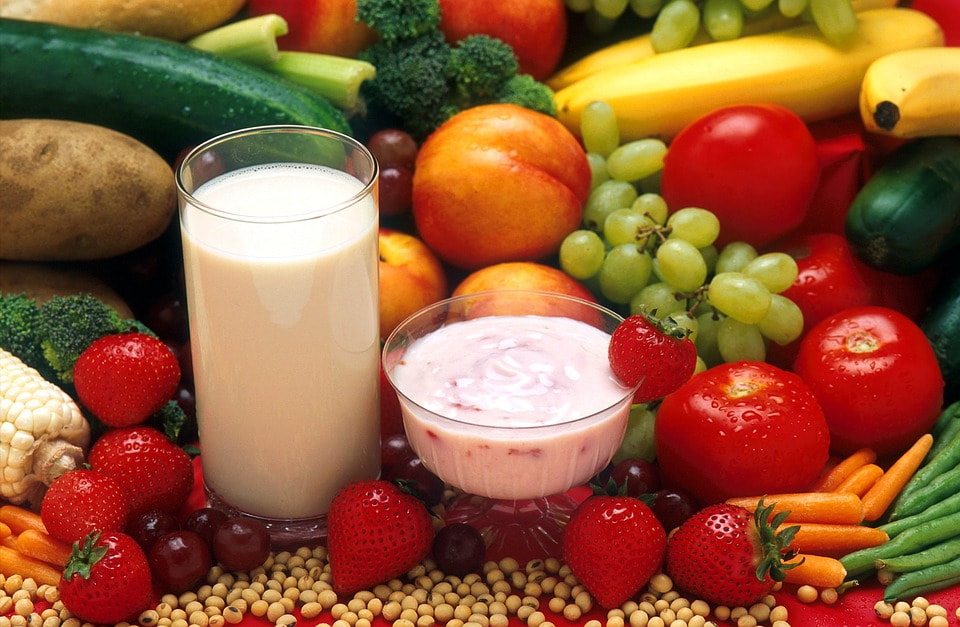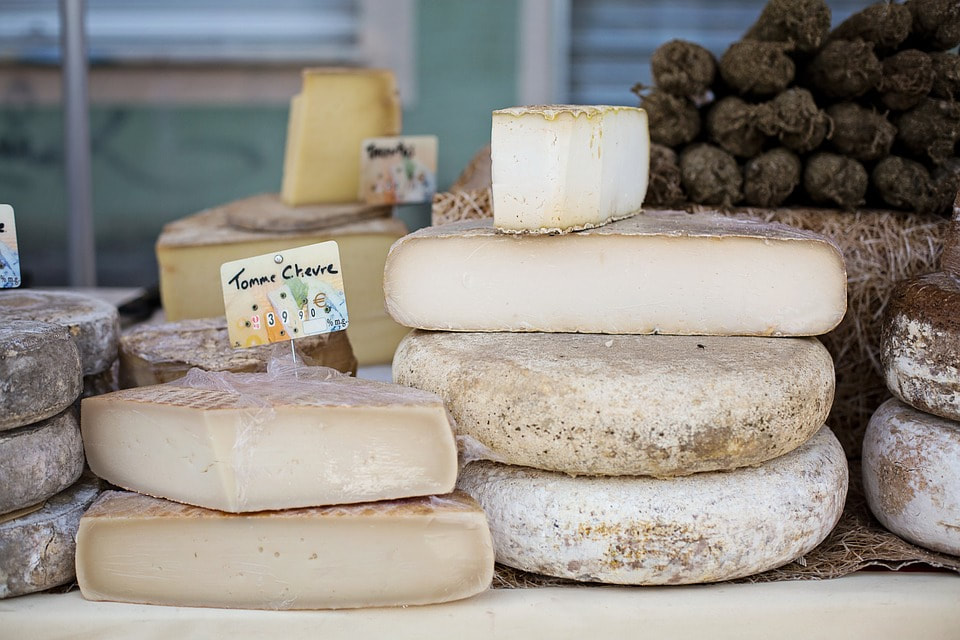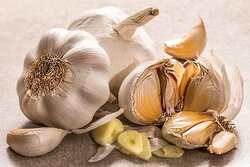We, as caregivers and guides for our children’s eating lifestyles need to have a division of trust and responsibilities from infancy onwards. This allows for the children to know what to expect from their caregivers and allows for the grownups to manage the feeding without feeling like they are a failure. The trust model divides the responsibilities in this manner:
PARENTS/CAREGIVERS
- Parents are responsible for what to feed the child, with options.
- Parents are responsible for when to feed the child, with some flexibility for special occasions.
- Parents are responsible for where to eat the meal; ideally all family members are together at the meal.
- Children are responsible for how much to eat at each meal.
- Children are responsible for whether to eat the food provided (or not). Remember that if kids, even toddlers, are hungry enough, the healthy food options provided will get eaten.
So, parents who are reading this should pay attention to what they put onto their plates and into their bodies. Kids follow what the adults in their family model!
Blessings,
KJ Landis








 RSS Feed
RSS Feed